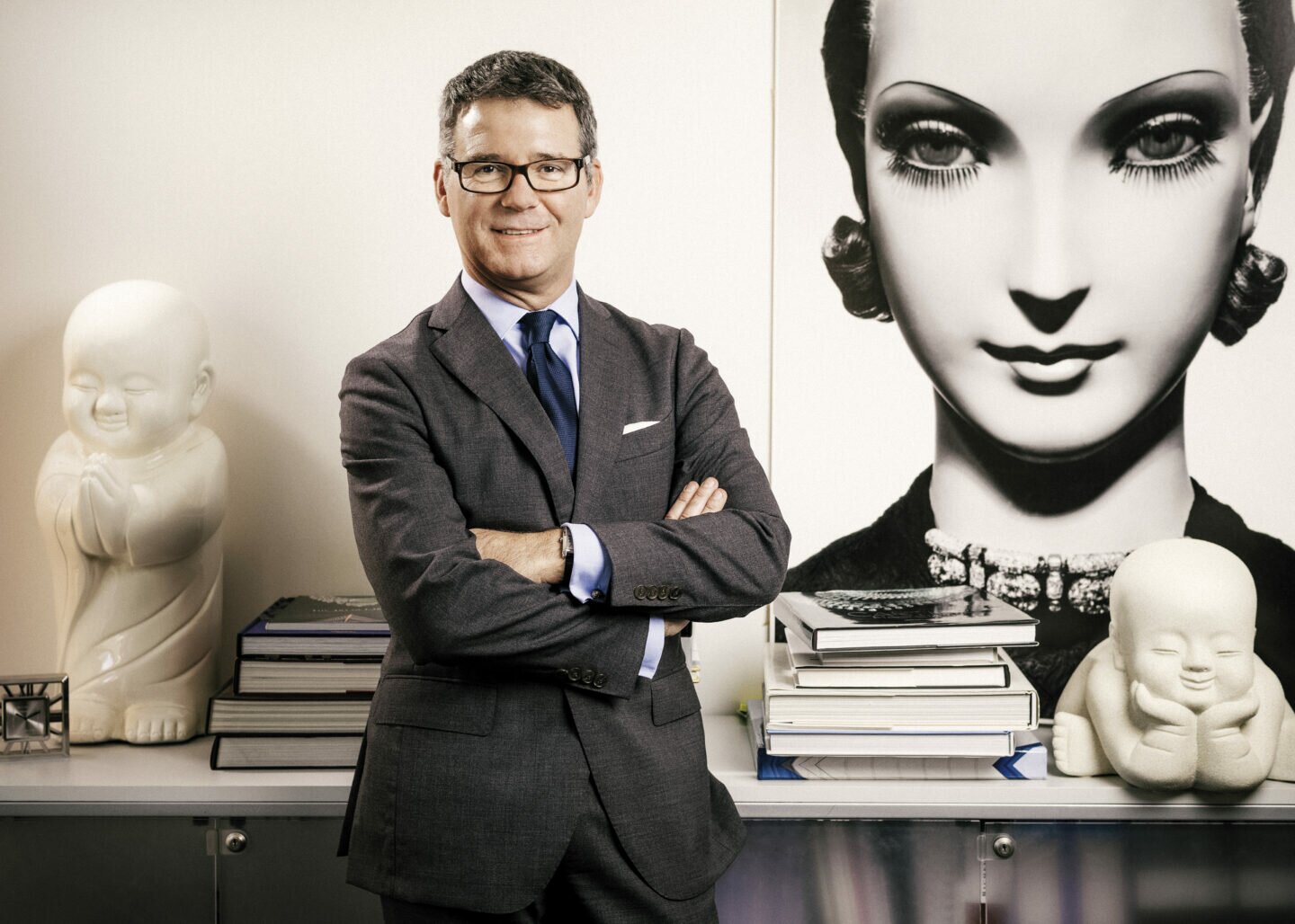Pierre Rainero has been the authority behind Cartier’s style for almost two decades. As the image, style and heritage director of the brand, he is the reference point for deciphering the minute details of each and every object Cartier has created. At Watches and Wonders 2021, the brand introduced numerous updates to some of its most notable designs. We ask him how Cartier goes about refreshing a classic — and why now?
Cartier has released several popular revivals this year, including the Cloche de Cartier and Tank Must. What is your role in the development of these designs?
My involvement in the design process is sharing the “Cartier style”. I share information on Cartier’s philosophy, designs, history and vocabulary. Our designers are young and have free access to our archives; we also encourage them to appropriate and envision Cartier’s identity for themselves. However, sometimes they need context. I provide an analysis of the philosophy behind a design. Otherwise, it’s easy to become lost in what is a very broad range of designs, across many different fields, within our long history.
-

Tank Louis Cartier -

Cartier Tank Must steel 300
In other words, you provide the “why” to support the “what”.
Exactly. Having access to the archives lets our designers know what was made, but not the rationale behind it. To project ourselves in the present and the future, we need to analyse the “how” and “why”. Beyond all that, there’s a moment when the designs are screened before a creative committee. That’s when we make decisions about a new project. We offer feedback, and the design process is iterative.
Why was it important for Cartier to release these revivals in the same year?
The way we work with our designers is in a continuous flow — we try to keep things as fluid as possible. As a result, there will be years where there are more releases because the designs have come to maturity and are relevant for the moment; it’s not intentional. This works the same way with new designs and shapes.
Is it more challenging to work on revival pieces?
Any design is challenging because it’s a matter of responsibility and accountability. With an existing design, you feel immediately responsible because it existed, and you think about the original creators. There’s a notion that’s attached to that object’s beauty. The question that’s ever present is: Is what we created today more beautiful than the original?
What about new designs?
That’s a different kind of responsibility because this new design will become part of our archives. Young designers in the future will use them as a reference for their work. It becomes part of our design identity and that’s something we need to curate responsibly.
What’s important to retain in an icon?
It’s about the essence of the design and what makes it iconic. Take the Tank: the vertical branchards are essential as well as the idea of purity of the design. We look at the common elements based on variations that already exist as well as their differences. However, we don’t try to constrain our designers with too many restrictions. We only narrow down the possibilities when there are more propositions. We try not to comment too much at the start because sometimes, modifying some elements can deliver a surprising result.
Do watchmaking trends of today factor into the design and release of a watch?
It’s more about whether a particular shape or style is beautiful and relevant for today. It’s also about what our clients will see on our shelves, in our windows, and whether our products have design diversity.
Most importantly, we ask if this creation is appropriate and desirable for our clients’ lifestyle today. One example would be the Tank Must with the coloured dials. There is a dichotomy there: while the plain dial brings out the purity of the Tank’s design, the bold colours make it stand out. One reason why this contrast in design works is because the visual arts have changed; what is beautiful today is different from the past. That evolution of beauty is important because if everything stayed the same, it would be rather boring, no?


